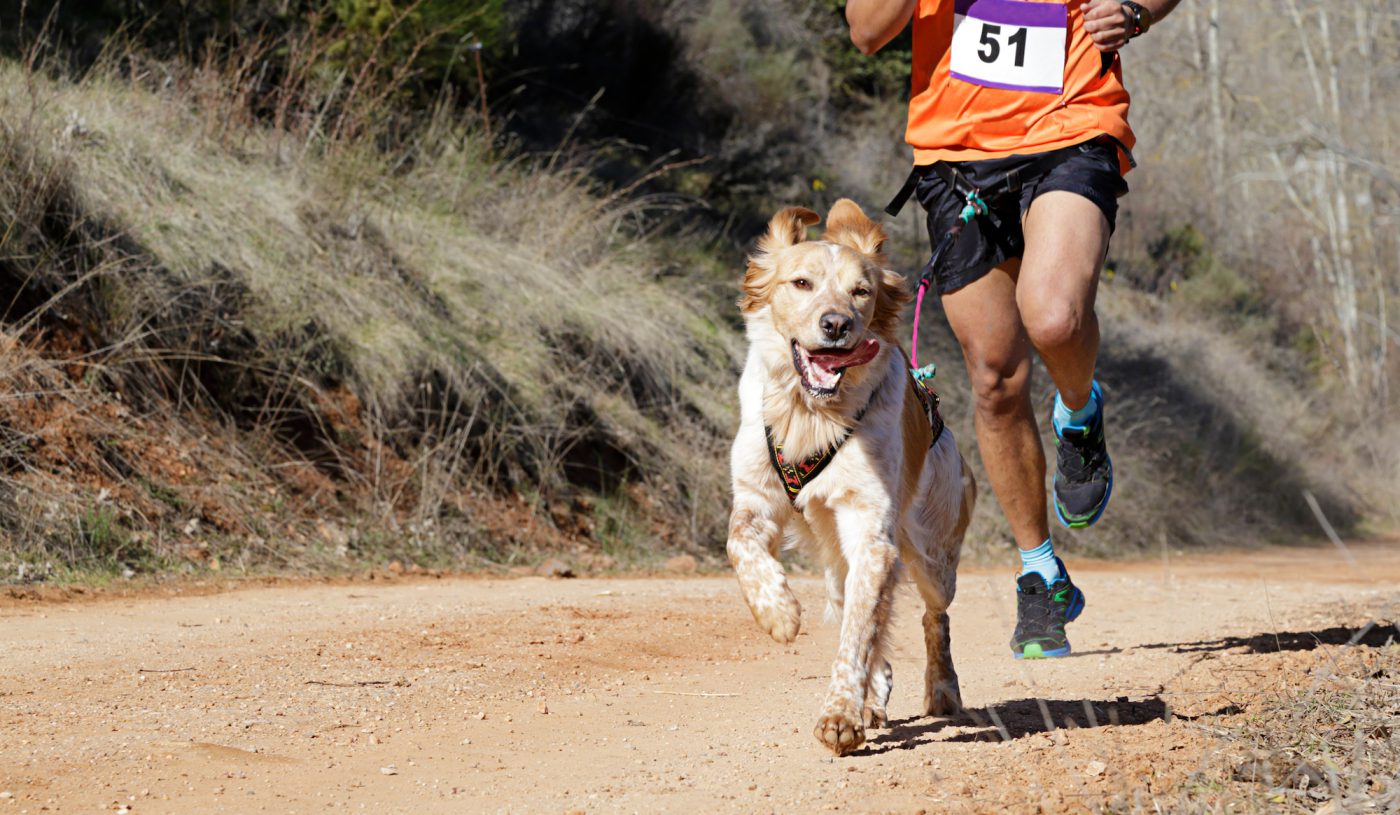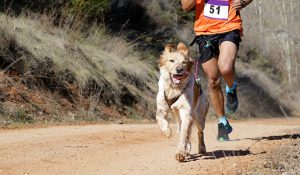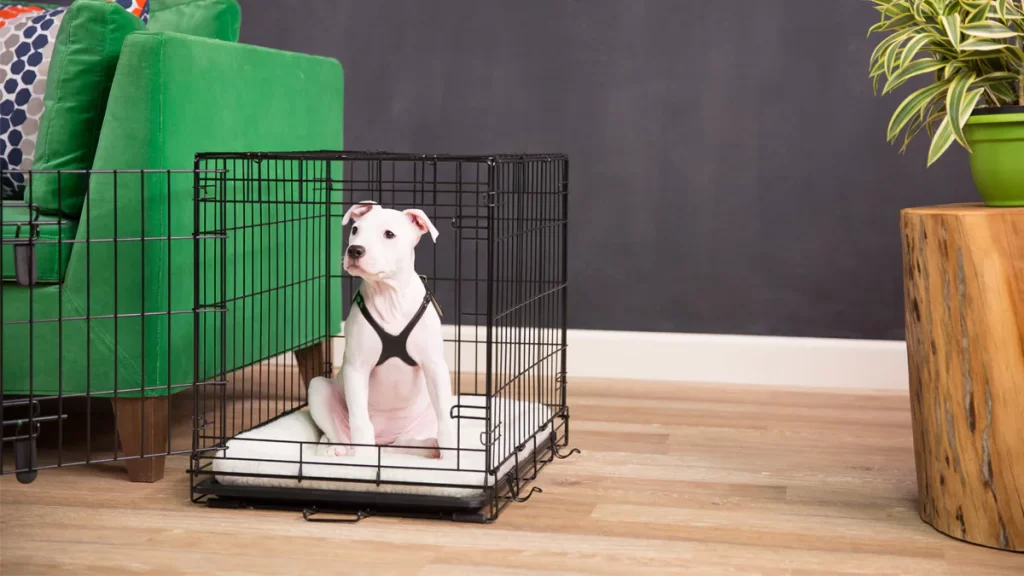Blog

Tips for Getting Your Dog Ready to Run With You This Summer

Several studies have shown that having a workout companion has numerous advantages. Those who exercise with a partner, for example, are more inspired to begin moving, pushed to push themselves harder for longer periods of time, and more likely to attempt new things. Aside from the physical advantages of having a workout partner, there are also emotional benefits, as individuals who work out together have more and better bonding time than if they worked out individually.
However, not everyone has access to a workout partner who can go for a jog on the spur of the moment or who can commit to the sort of hard jogging schedule you want to undertake this summer. So, how can you receive the benefits of jogging with a companion while without dictating a friend’s or partner’s schedule? Enlist your dog in the army.
Running with your dog is an excellent way to connect with him or her while also keeping both of you in good condition. Canines are inherently busy animals, but you can’t simply slap a leash on your dog and expect him or her to become the ideal exercise buddy. You must ease your pet into the program and take proactive efforts to keep him or her healthy as you train.
Ease Your Canine Into It
Your dog, like any other creature, must first learn to walk before he can run. If you haven’t yet leash-trained your dog, now is the moment. A dog that pulls on a leash while strolling is annoying, but one who pulls while sprinting is dangerous. Get your dog used to walking on a leash and, more significantly, strolling in a new area.
At first, your pup will want to chase after any odd item that moves, whether it’s a leaf, a squirrel, or the trash collector. You may assist prevent your pet from seeking new stimuli by providing rewards that are as enjoyable as chasing a neighboring cat. For example, once your dog stops pursuing a squirrel up a tree, encourage the excellent behavior with food, toys, and praise.
You should also practice walking side by side on your walks. If your dog attempts to sprint before or behind you, or weaves from side to side, you risk being tangled in the leash and stumbling. Choose a side for each of you to practice on and stick to it. Begin your workout with a gentle walk and gradually increase to a moderate jog. Choose a signal that indicates you want your dog to flip sides after he or she has mastered one side. Then, start training with that cue on different sides.
Use Speed Cues
Change things up on your next stroll whenever you feel your pooch is ready to step up the pace. Begin softly jogging about a block into your stroll. Use a cue to let your dog know you’re changing things up. Simply saying “Let’s go” or snapping your fingers should suffice. If you want to go quicker, use a new cue like “Start running.” When it’s time to slow down, slow down yourself and exclaim, “Woah.” The more indications you employ, the more probable it is that your puppy will react properly.
You should train your dog running signals before going on your first actual run together, since cues may keep you both safe if a vehicle or other item comes into your path. By interspersing brief running or jogging bursts with your typical walking speed, you can teach the signals in only a few training sessions.
Increase Your Endurance
Your dog, like you, cannot go from running one mile to running five miles in a single session. Work on increasing your dog’s endurance after he or she has learned to remain by your side and understands your pace indications. Begin by increasing the length of your walks. Increase your running time while decreasing your walking time on each stroll. After a few weeks, both your dog and you should be ready for long-distance runs.
Additional Considerations for Your Pet’s Safety
The length of time it takes a dog to become in shape for running is determined by a variety of variables, including his or her present age, weight, and health, as well as your surroundings. A one-year-old puppy in excellent condition and living in a moderate climate, for example, will train faster than an older dog that is overweight and living at high elevations. Before trying to teach your dog to run with you, consider the following:
- Your Dog’s Age: Most veterinarians advise against jogging with a puppy under eight months old, while eight months may be too early for bigger breeds. You should ideally wait until your pet’s joints and bones have completely grown before letting him or her run about.
- Your Dog’s Breed: Certain breeds are more suited to running than others. Larger dogs, for example, may have hip dysplasia or malformed hip sockets, but smaller dogs’ legs may be too short to keep up. Flat-faced breeds may have clogged airways, making it harder for them to breathe when worked up.
- Your Living Environment: The environment in which you live may have a significant influence on your puppy’s ability to run and training time. If you live in a cold climate or at high elevations, it may take some time to expand your dog’s lung capacity, but if you live in desert conditions, you may have to stop often to give him or her water.
Though you should be able to judge your dog’s running ability after a few of short run-jog sessions, you should speak with your doctor before growing your program further to ensure that running is indeed the best thing for your canine.
Prepare Yourself
You can make training simpler for your dog by providing him or her with the proper equipment. A performance dog suit, a zero-shock dog leash, and a pet water bottle may all help keep your canine comfortable while out on the trails. If you want to keep your dog in shape during the off season, invest in a dog treadmill and other canine exercise equipment.
Petstup is an official seller of the many well-known pets brands, focused on improving the lives of pets, pet parents and our partners. We proudly offer a large variety of pet nutrition products and supplies competitively priced for dogs, cats, reptiles, fish, birds and small animals. Petstup is your one stop shop for all your pet’s needs. All our products are authentic, and pass all mandatory United States standards and veterinary practices. We run several warehouses across the United States to serve you better and faster.























